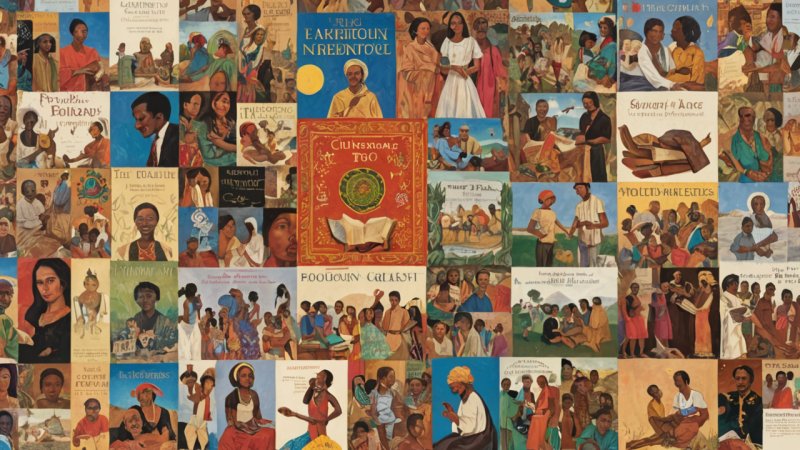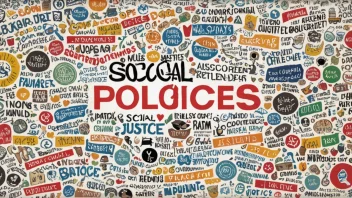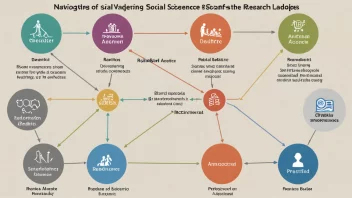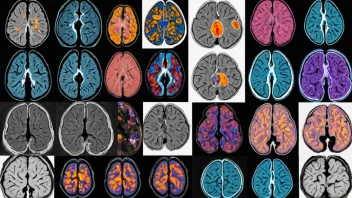Cultural narratives play a crucial role in shaping the norms and values of societies around the world. These stories, whether conveyed through literature, media, or oral tradition, influence how communities perceive themselves and their place in the world. Understanding the impact of these narratives can provide insight into social dynamics, identity formation, and even policy-making. Here are five key ways in which cultural narratives shape societal norms and values.
1. Defining Identity
Cultural narratives are instrumental in defining individual and collective identities. They provide a framework through which people understand who they are and where they belong. Narratives can be found in:
- Folklore and Myths: Traditional stories that embody the values and beliefs of a culture.
- Historical Accounts: Events that shape a community’s understanding of its past and inform its future.
- Media Representation: The portrayal of different groups in films, books, and news outlets influences public perception and self-identity.
As these narratives evolve, they can either reinforce existing identities or challenge them, leading to shifts in societal norms.
2. Shaping Moral Frameworks
Cultural narratives often convey moral lessons that guide behavior within a society. These narratives teach members what is deemed acceptable and what is not. They can be found in:
- Religious Texts: Stories that provide ethical guidelines and principles.
- Parables and Fables: Short narratives that impart moral lessons.
- Contemporary Literature: Modern stories that reflect current societal values and dilemmas.
As individuals internalize these narratives, they help shape the moral compass of society, influencing laws, customs, and interpersonal relationships.
3. Influencing Social Change
Cultural narratives can be powerful catalysts for social change. They can challenge the status quo and inspire movements toward progress. Examples include:
- Protest Literature: Works that highlight social injustices and mobilize communities.
- Documentaries: Films that expose societal issues and call for action.
- Social Media Campaigns: Online narratives that spread awareness and galvanize support for various causes.
By reframing narratives around specific issues, societies can shift public opinion and create a collective urgency for change.
4. Establishing Normative Behaviors
Cultural narratives set the stage for normative behaviors, guiding how individuals interact with one another. These behaviors can be seen in:
- Rituals and Traditions: Practices that reinforce community bonds and shared values.
- Language and Communication: The way people express themselves is often rooted in cultural narratives.
- Social Etiquette: Unwritten rules of behavior that dictate interactions based on cultural expectations.
As narratives evolve, so too do the expected behaviors within a society, leading to shifts in how people relate to one another.
5. Impacting Policy and Governance
Cultural narratives can significantly influence policy-making and governance. Policymakers often draw upon societal narratives to shape legislation and public policy. This is evident in:
- Public Discourse: The framing of issues in political debates often reflects underlying cultural narratives.
- Legislation: Laws can be influenced by the dominant narratives surrounding social issues.
- Campaign Strategies: Political campaigns often utilize narratives to resonate with voters and garner support.
As narratives shift, they can lead to changes in policy priorities and the overall direction of governance.
In conclusion, cultural narratives are fundamental in shaping societal norms and values. They define identity, shape moral frameworks, influence social change, establish normative behaviors, and impact policy and governance. By understanding the power of these narratives, we can better appreciate the complexities of social dynamics and the continuous evolution of cultures across the globe.






